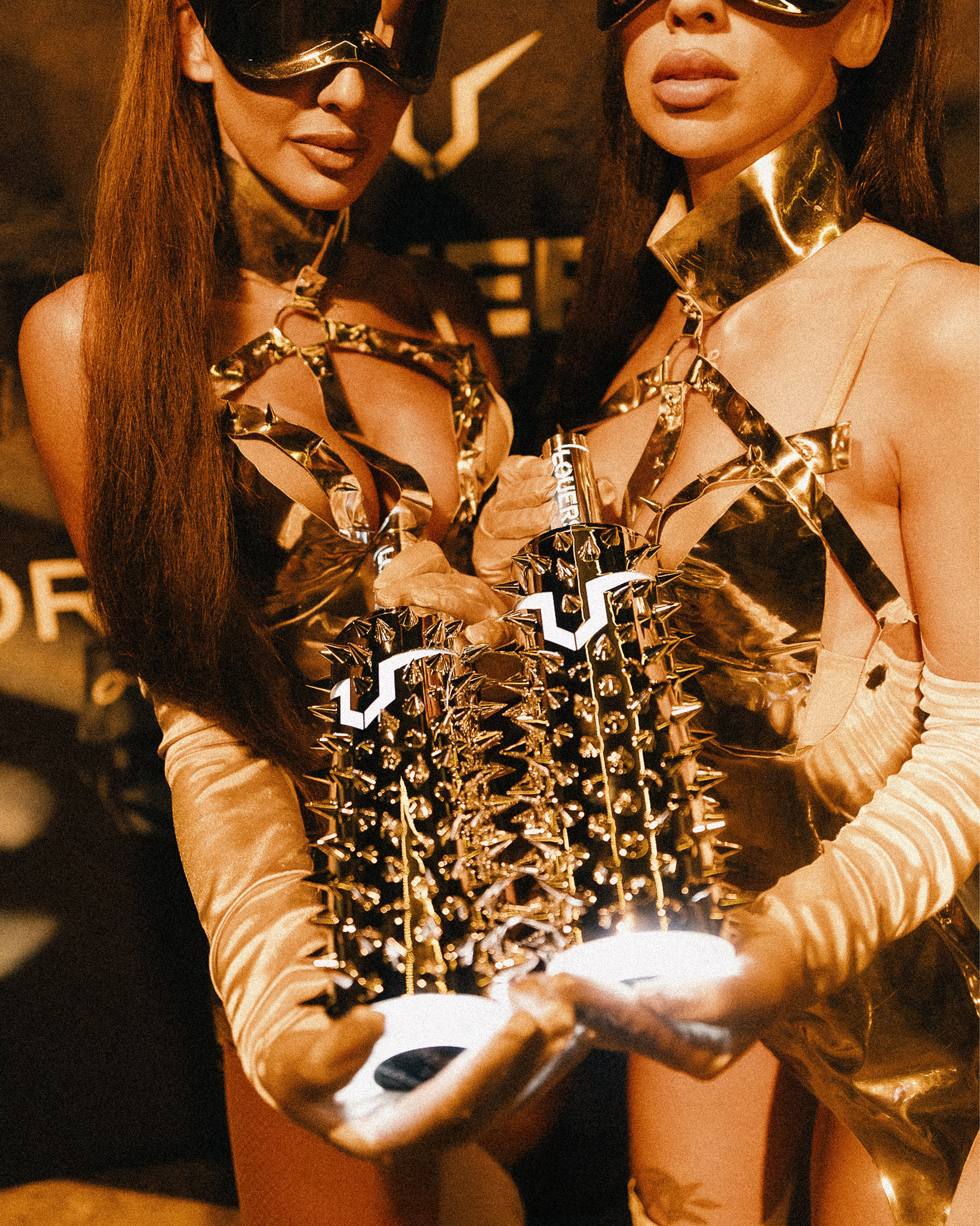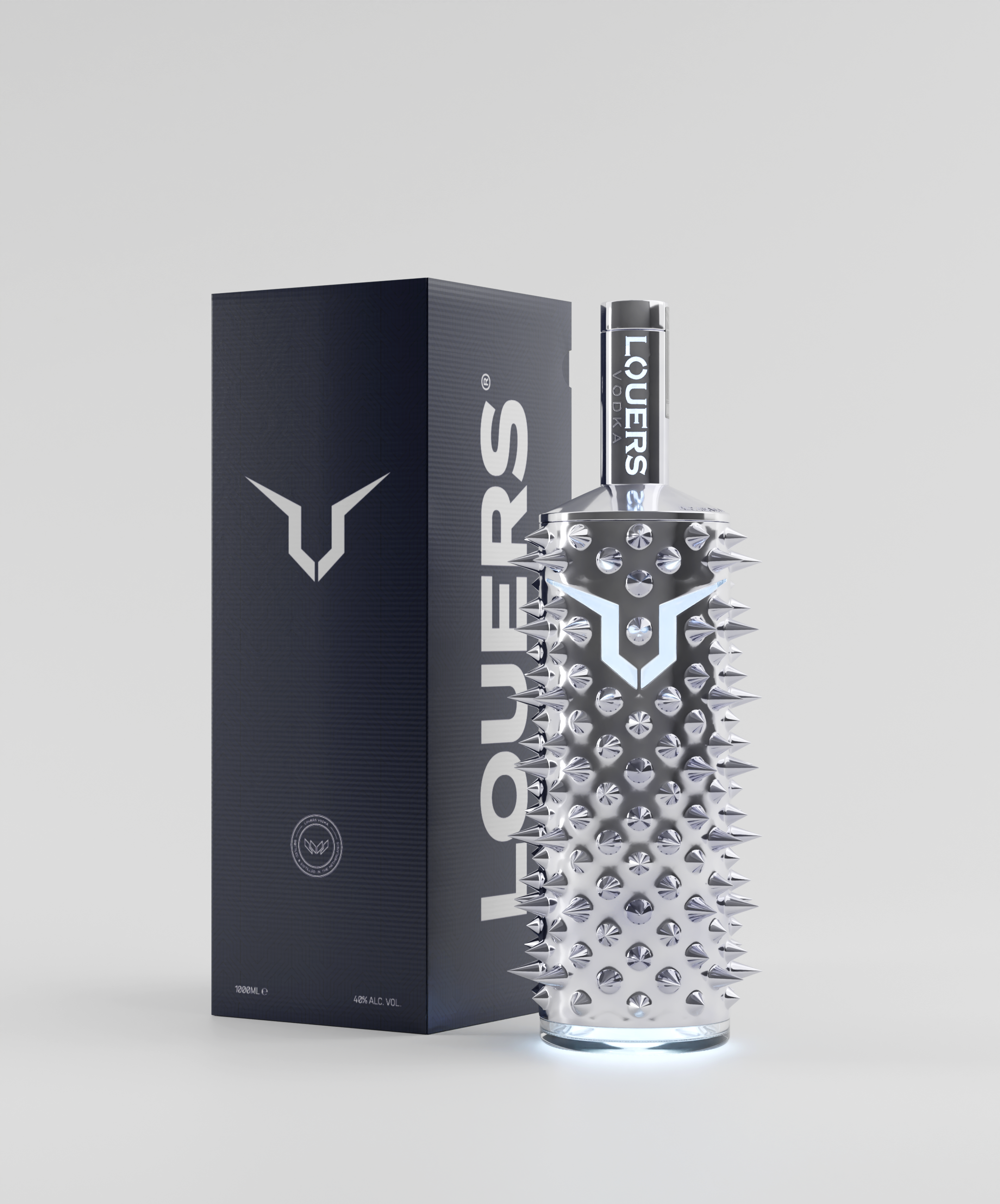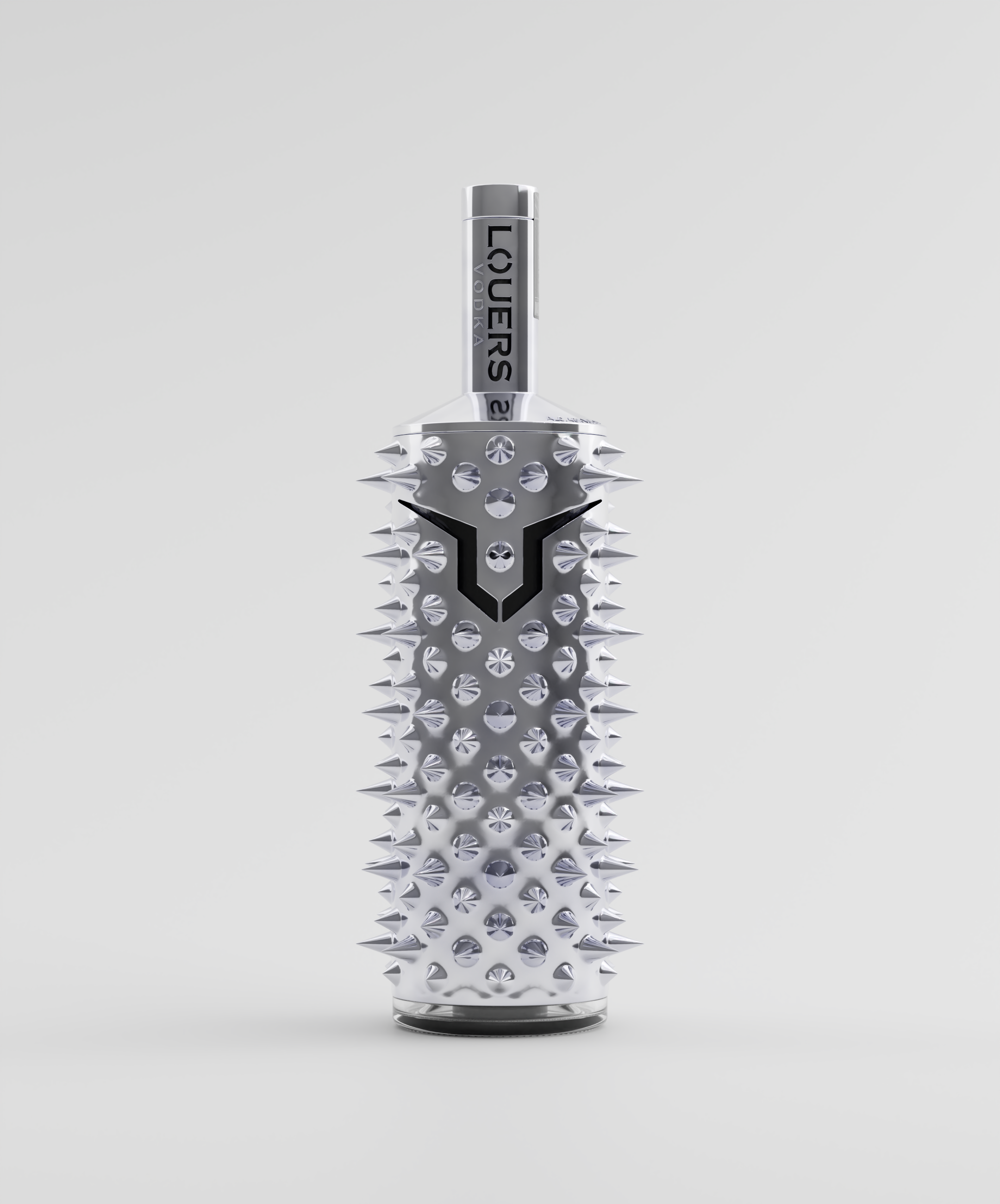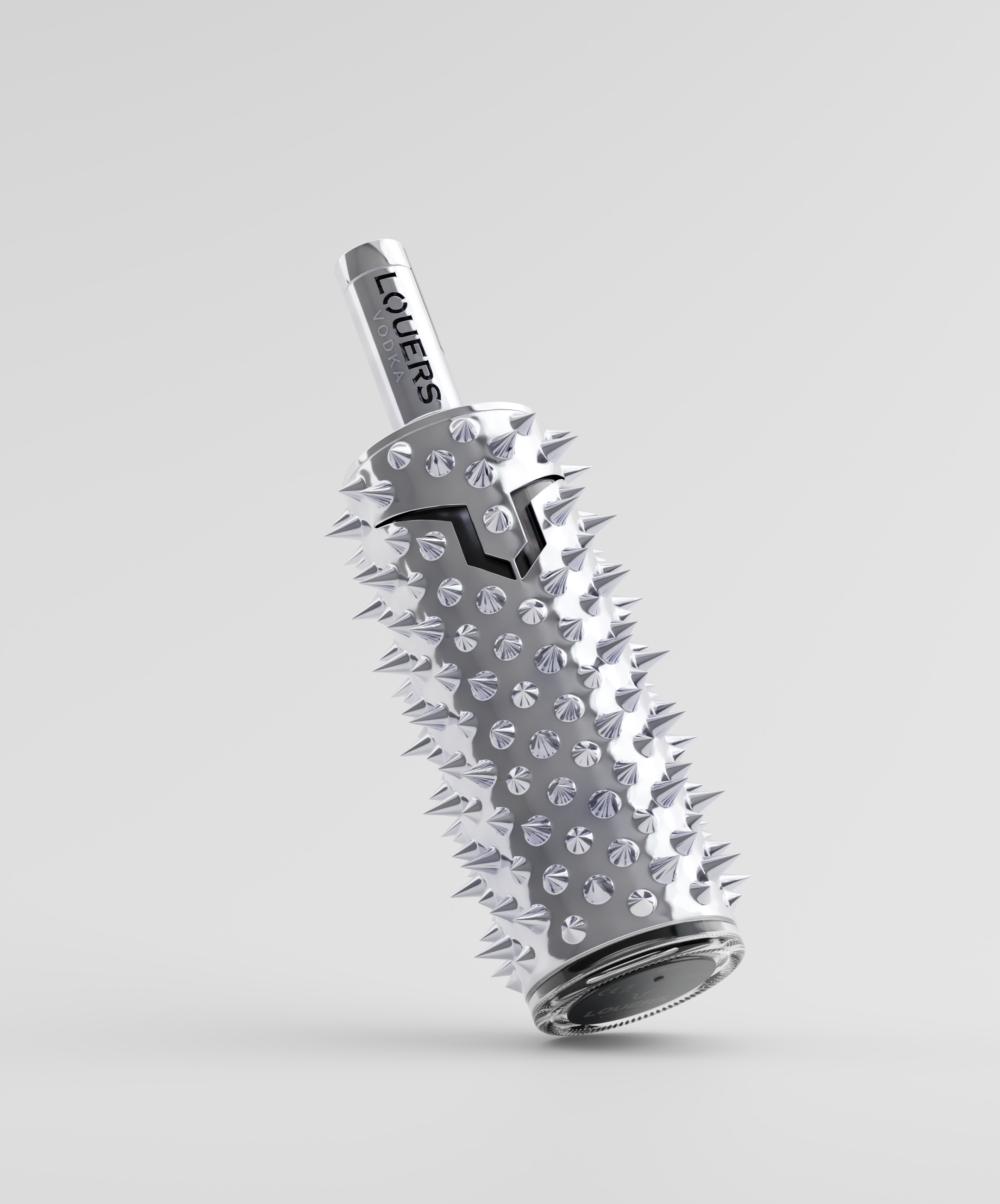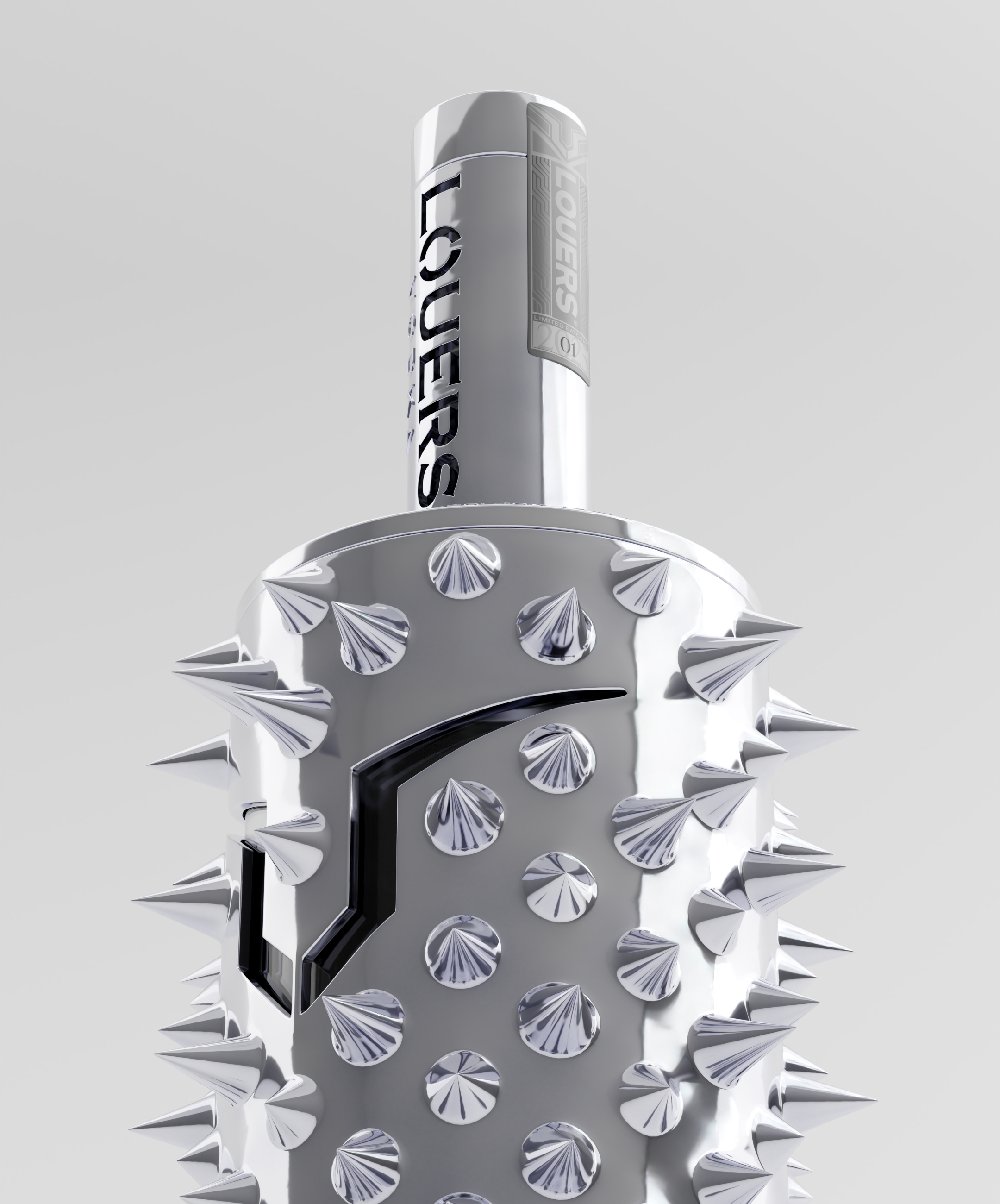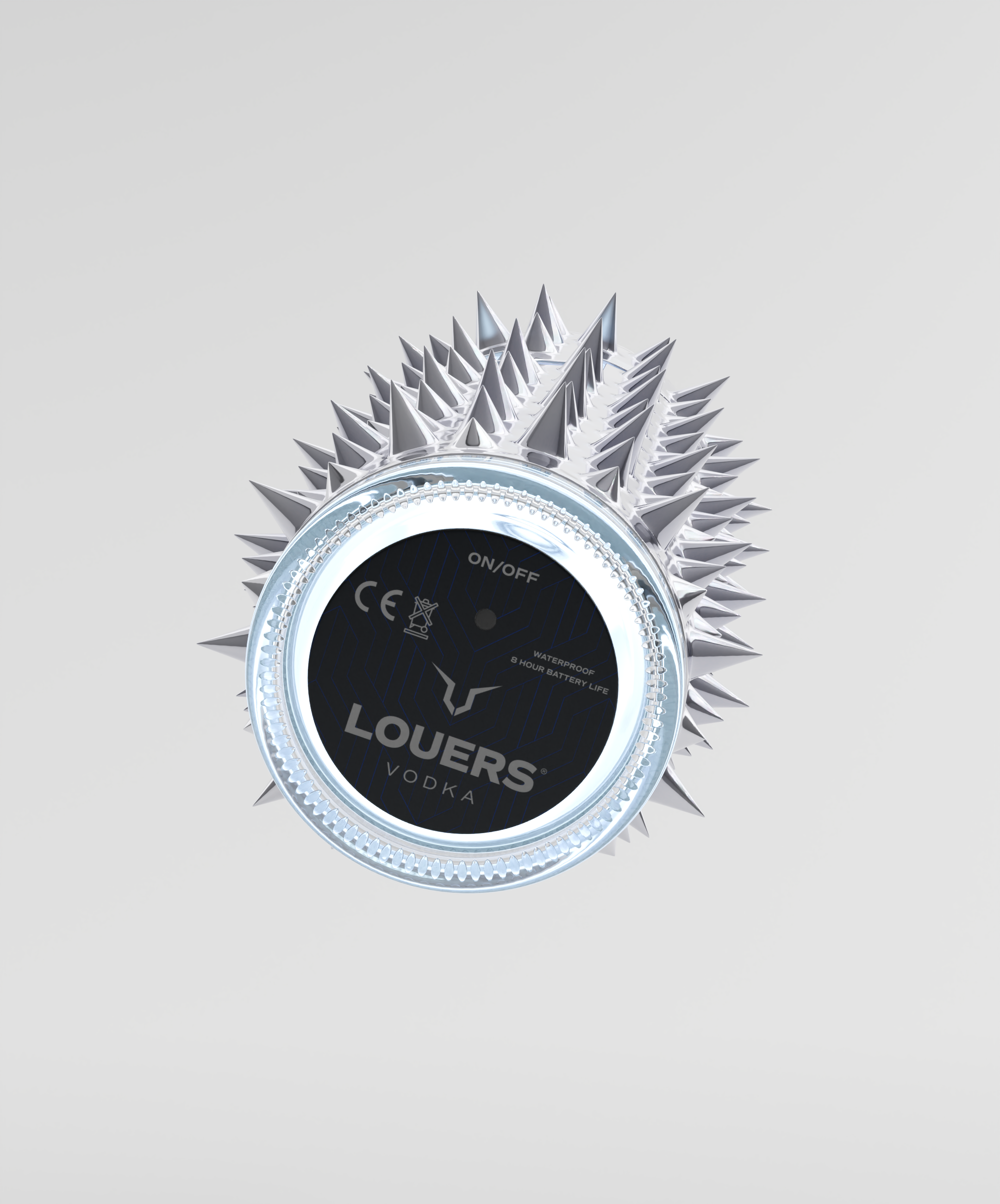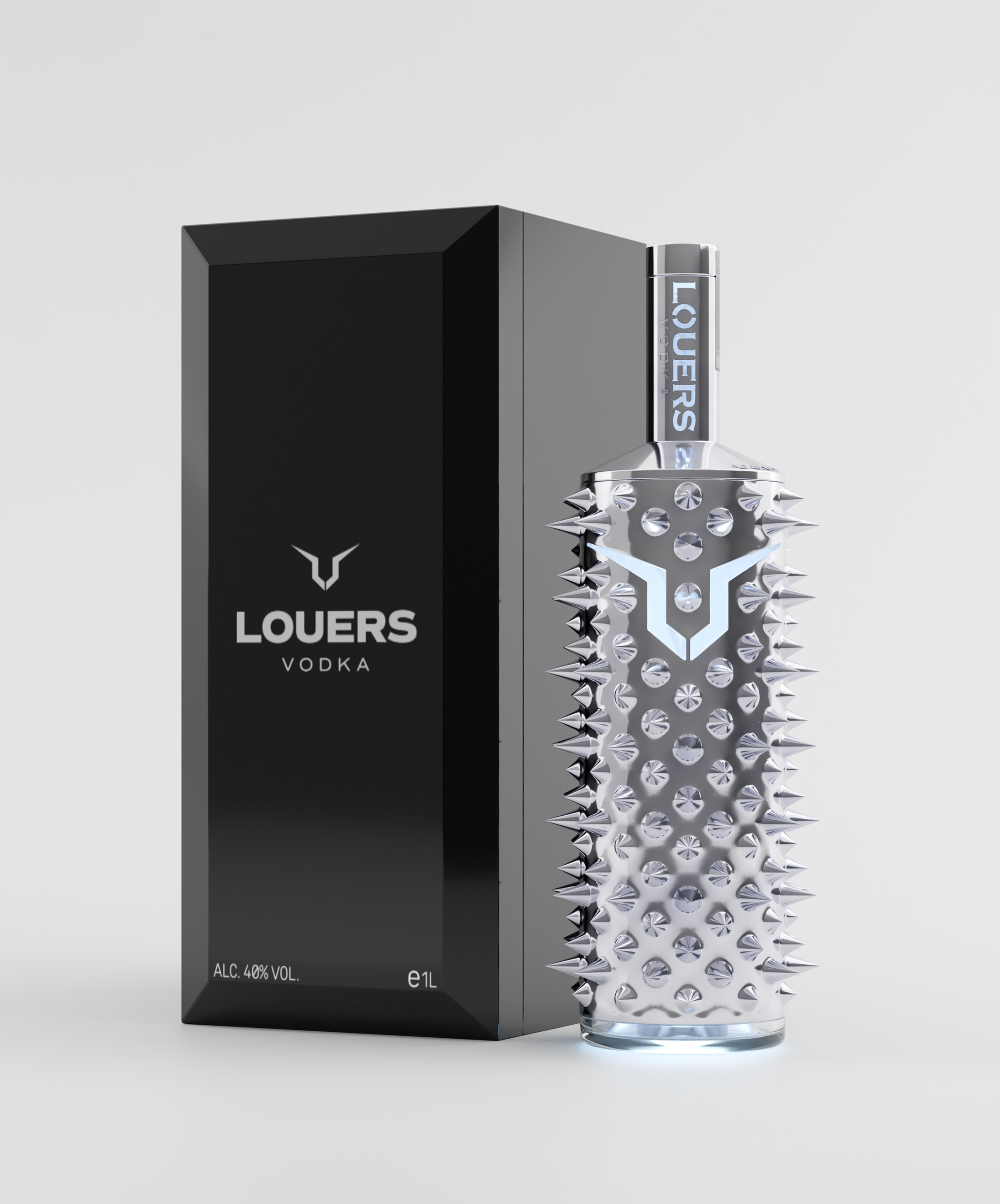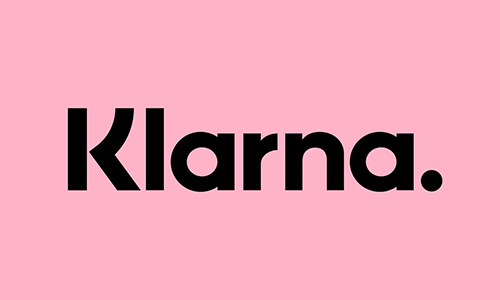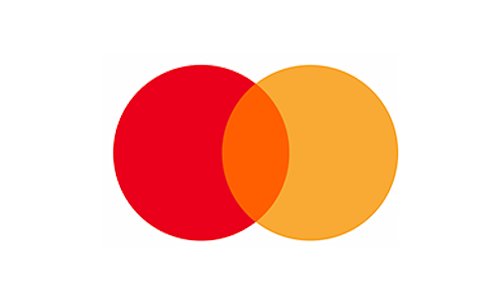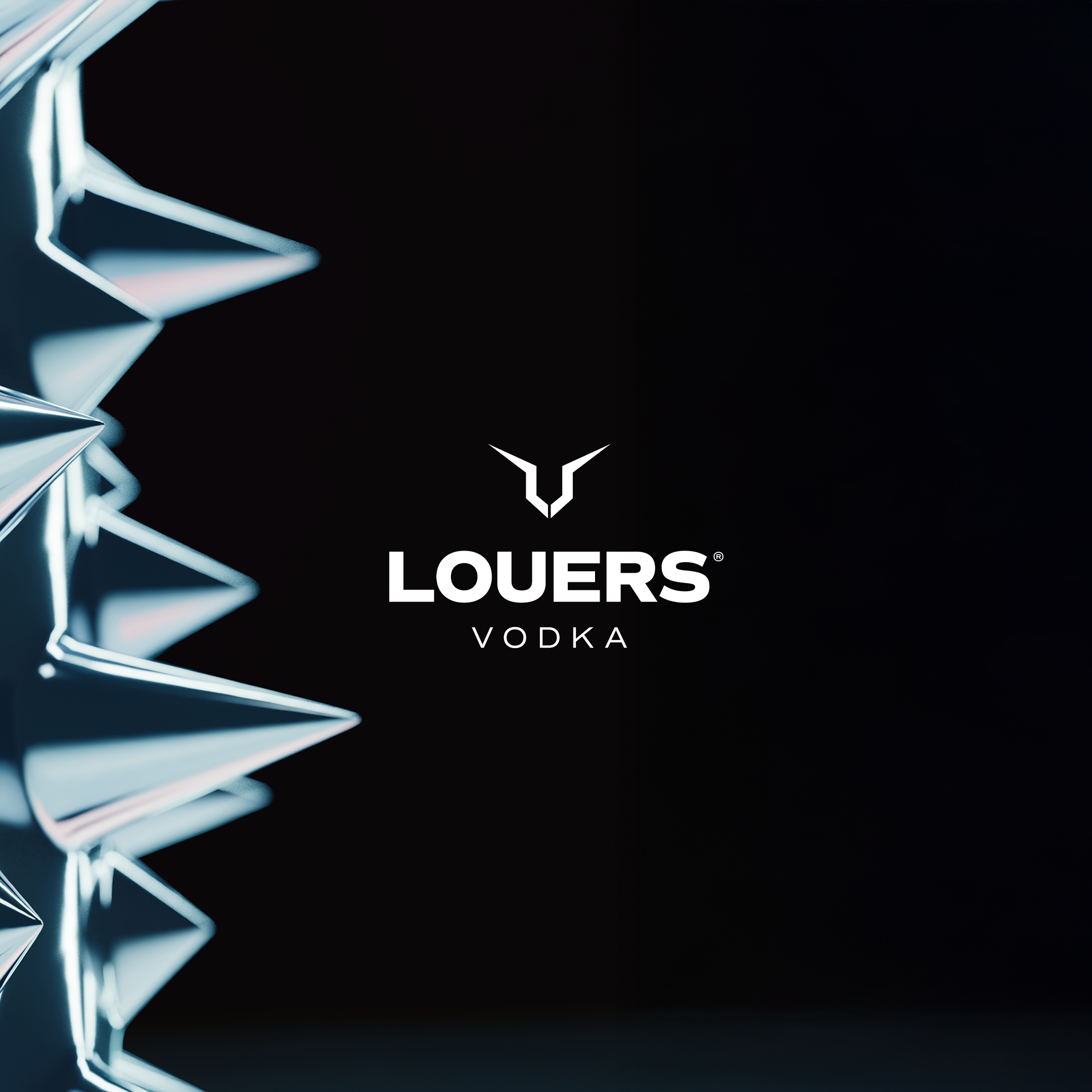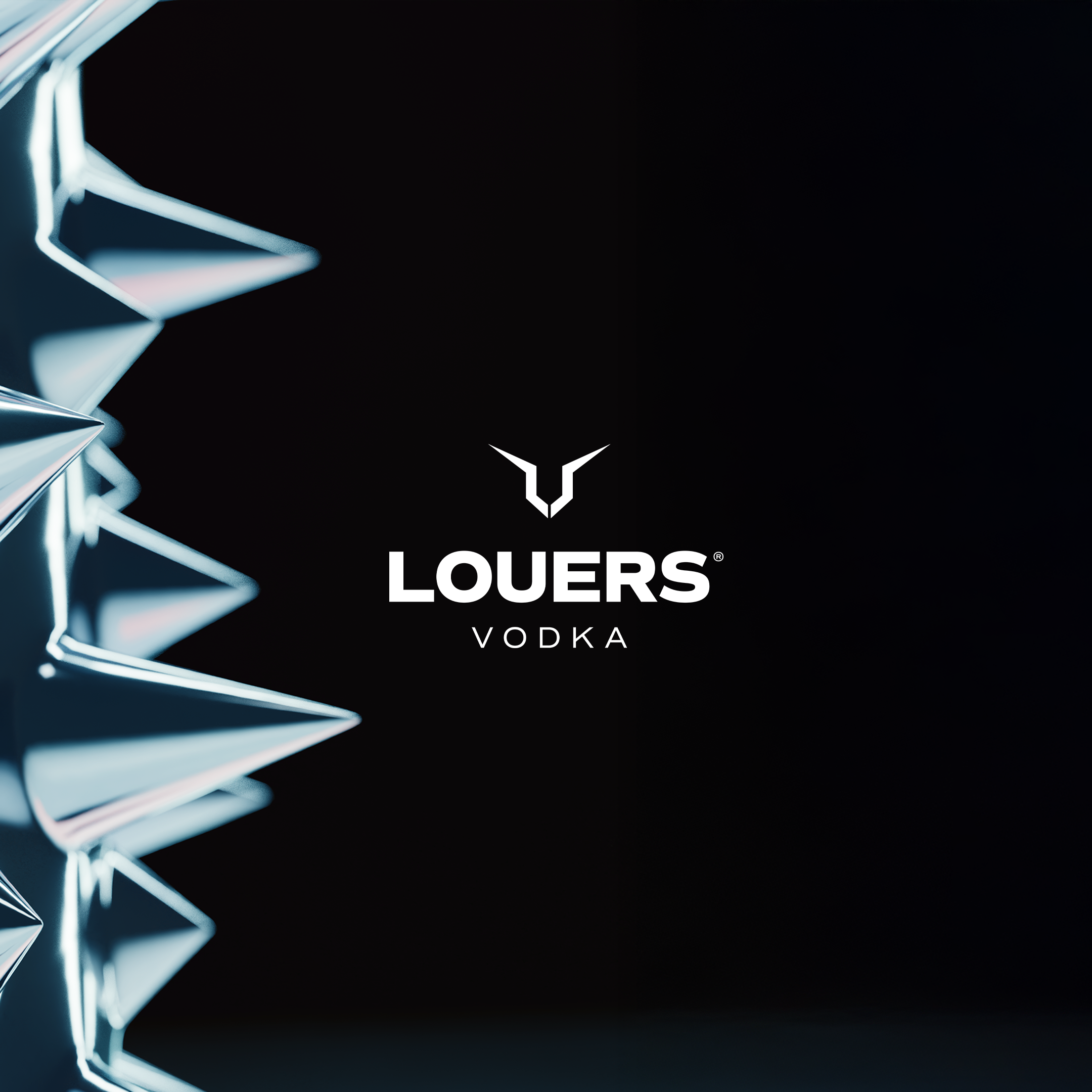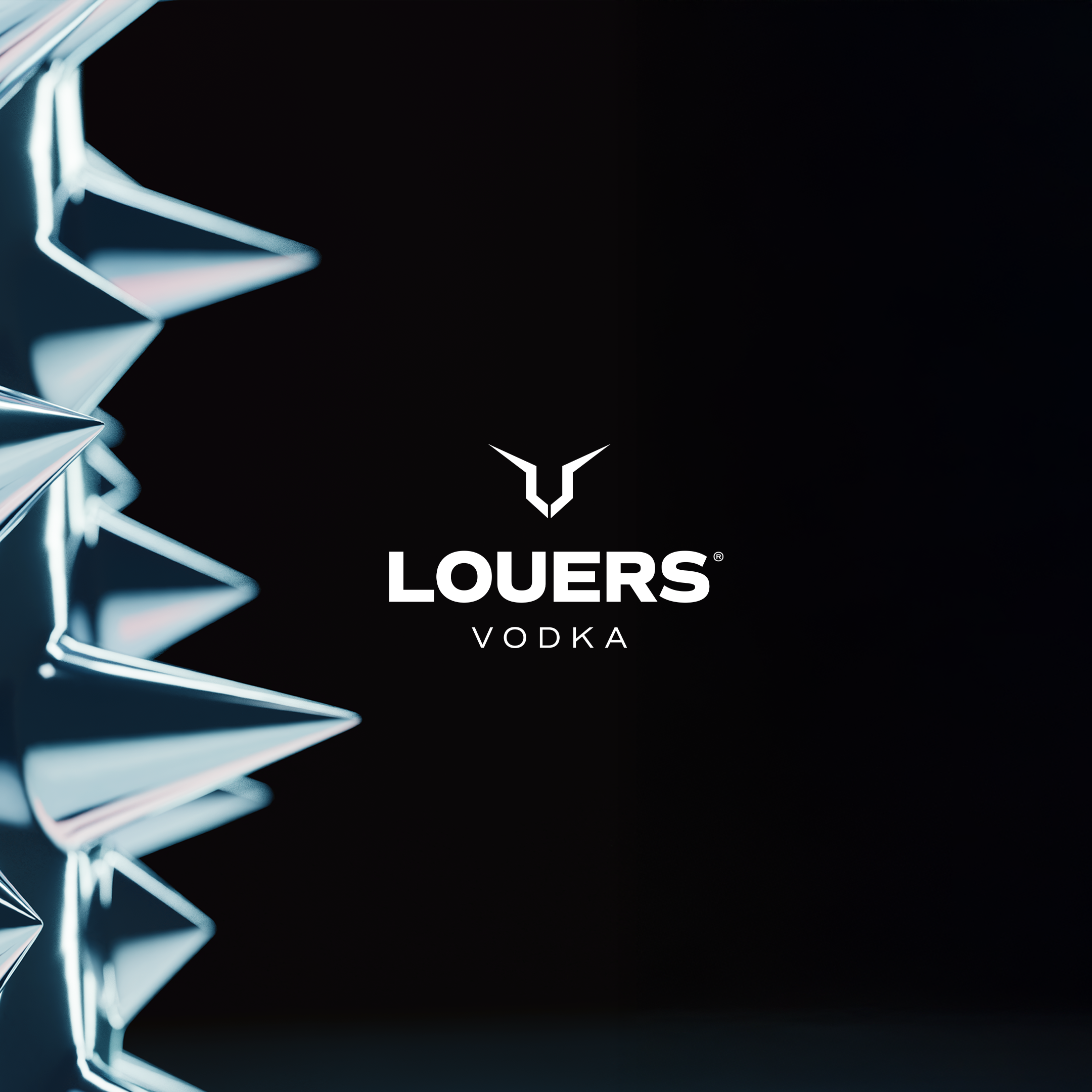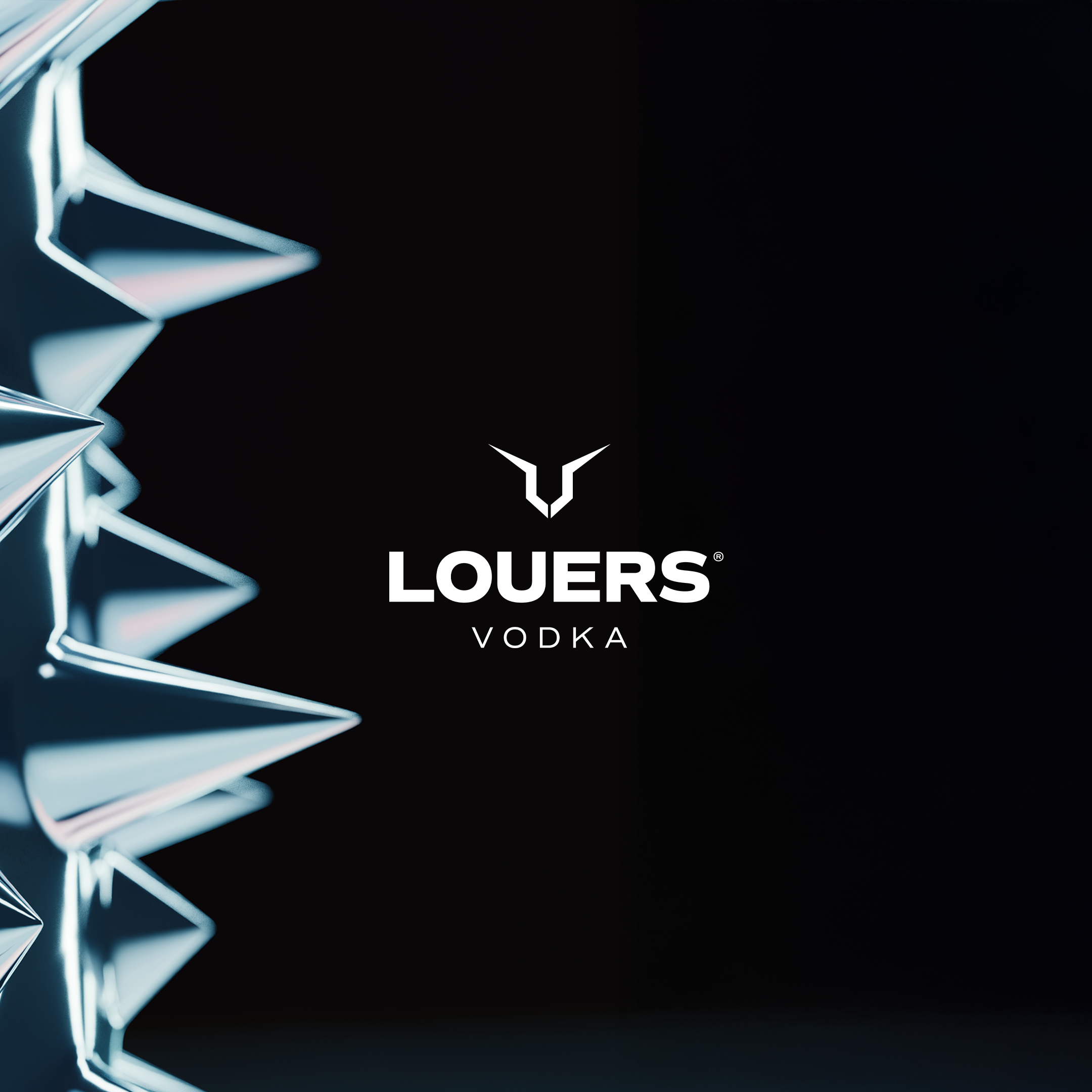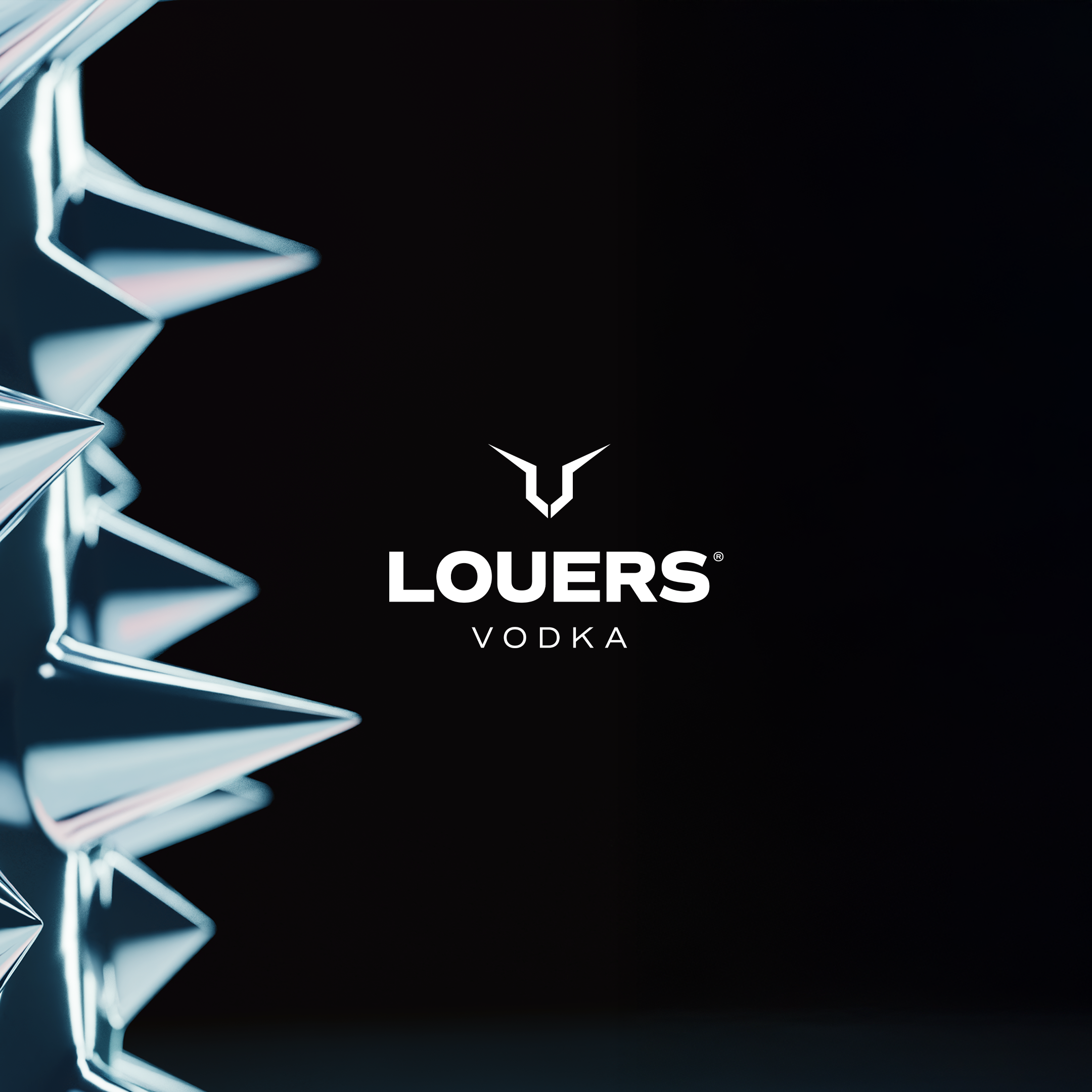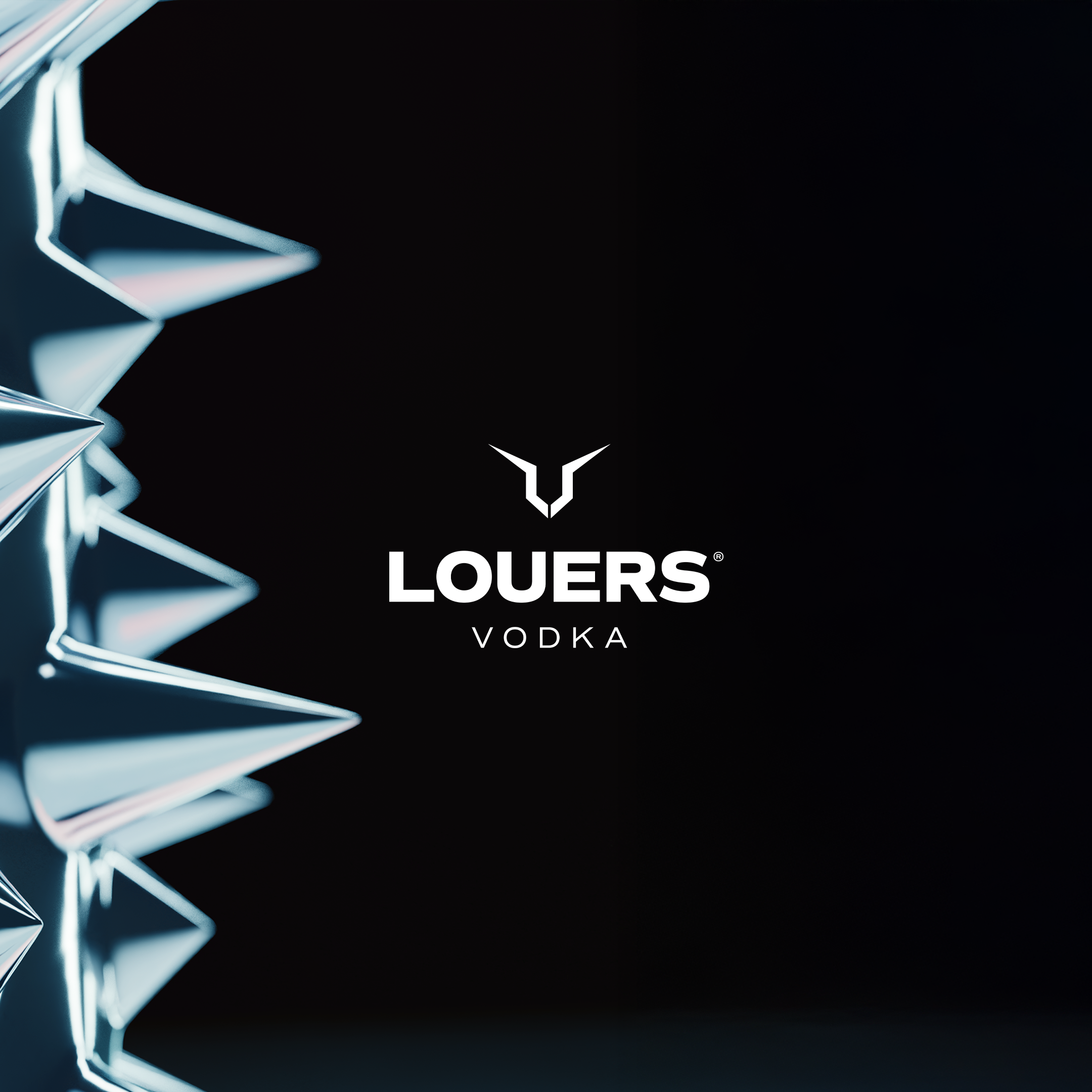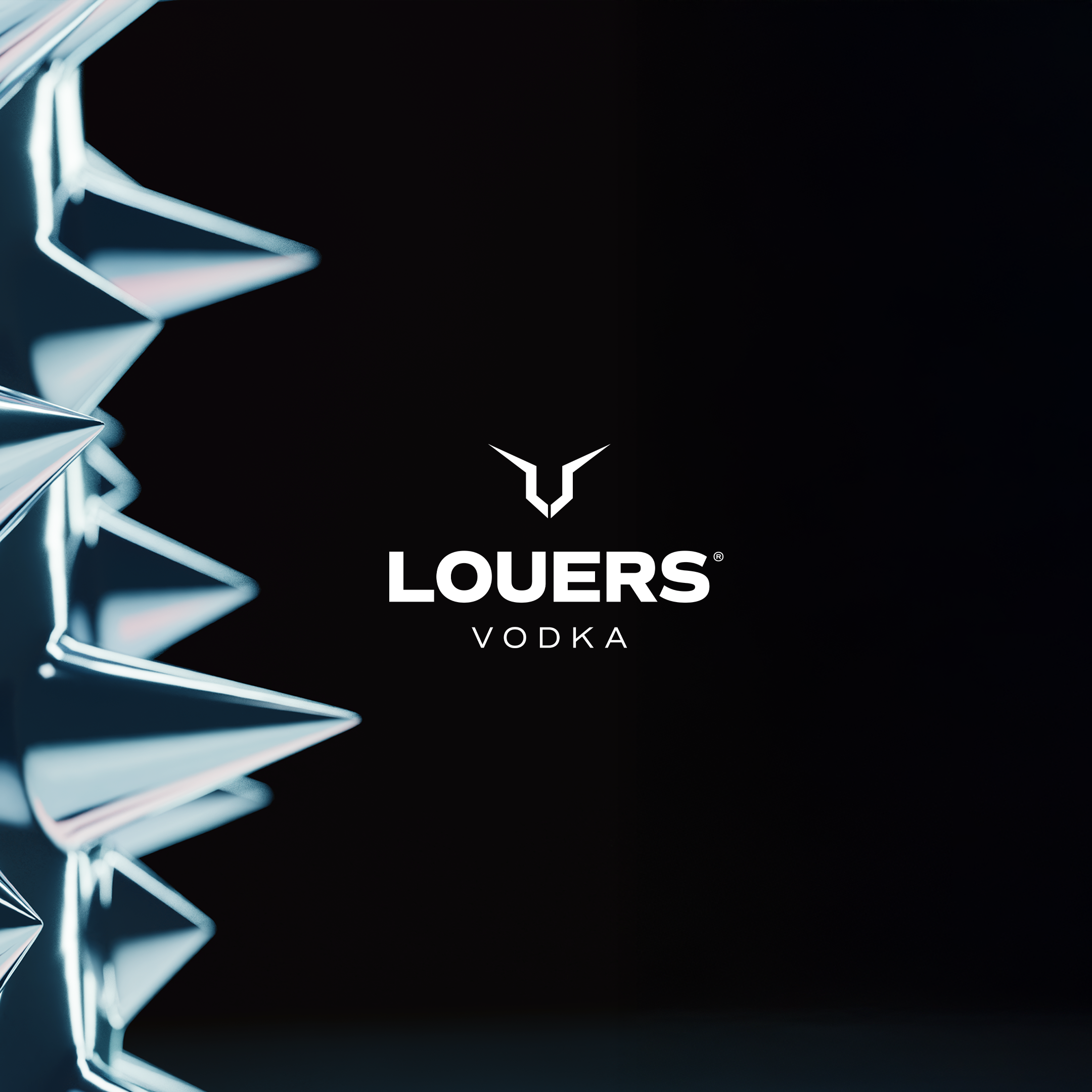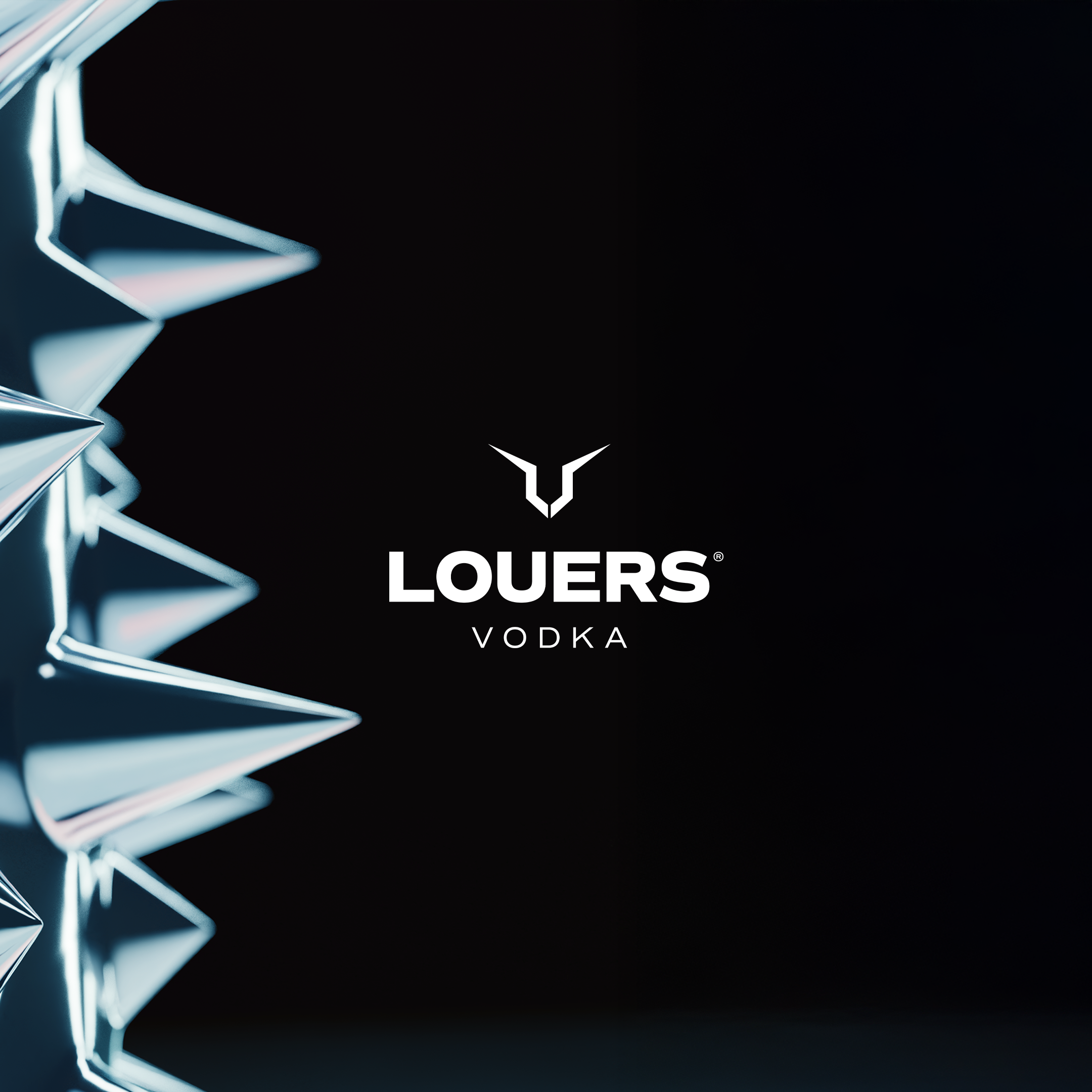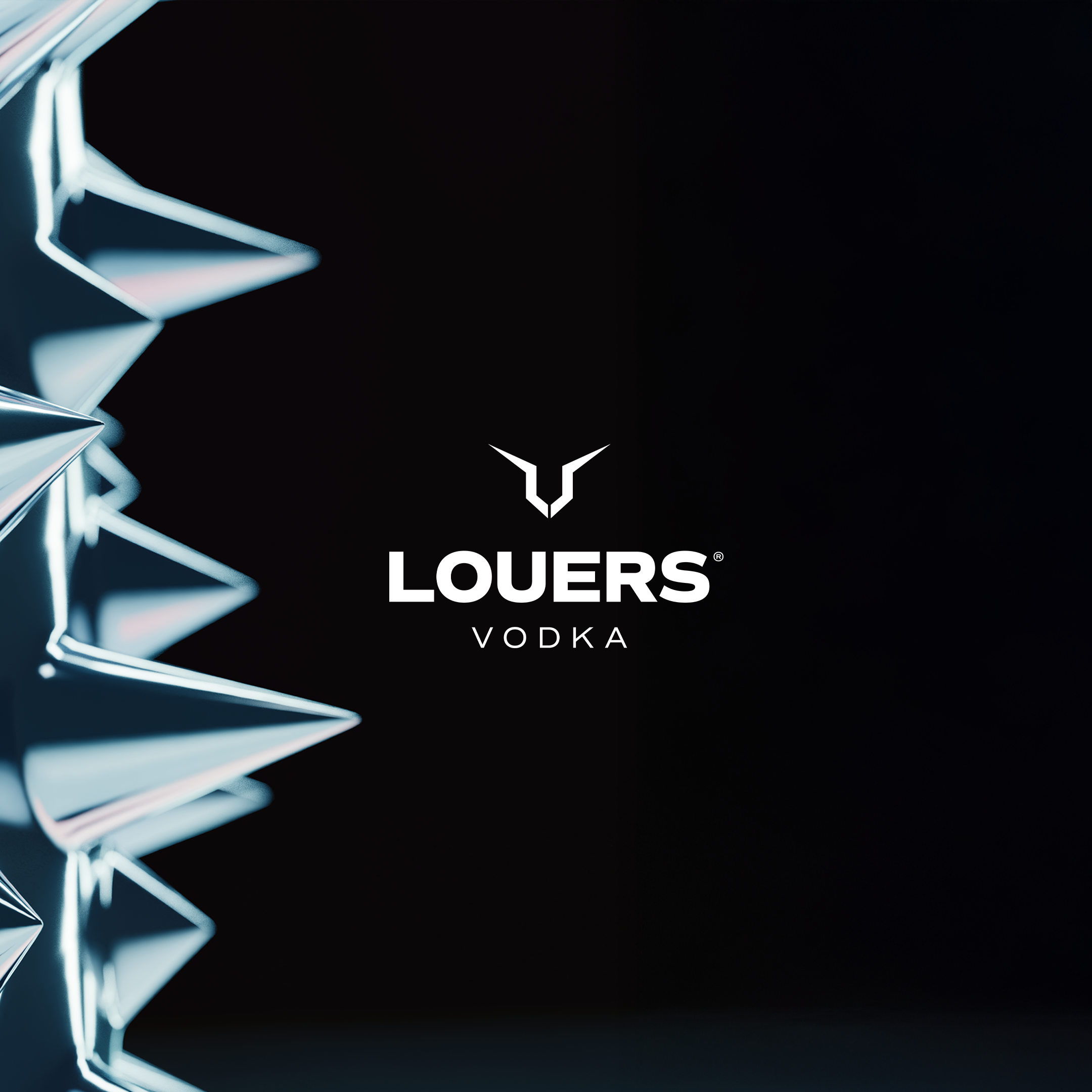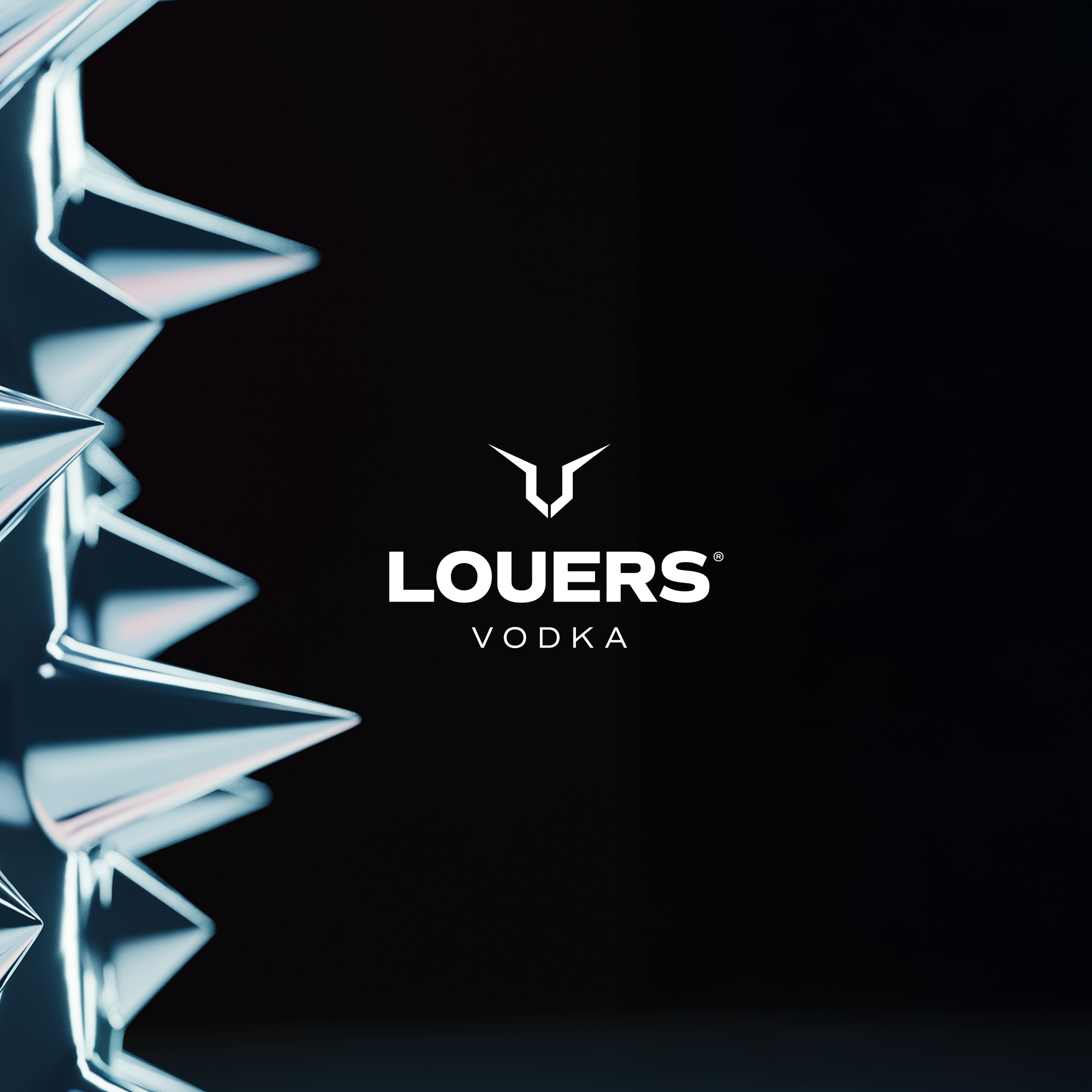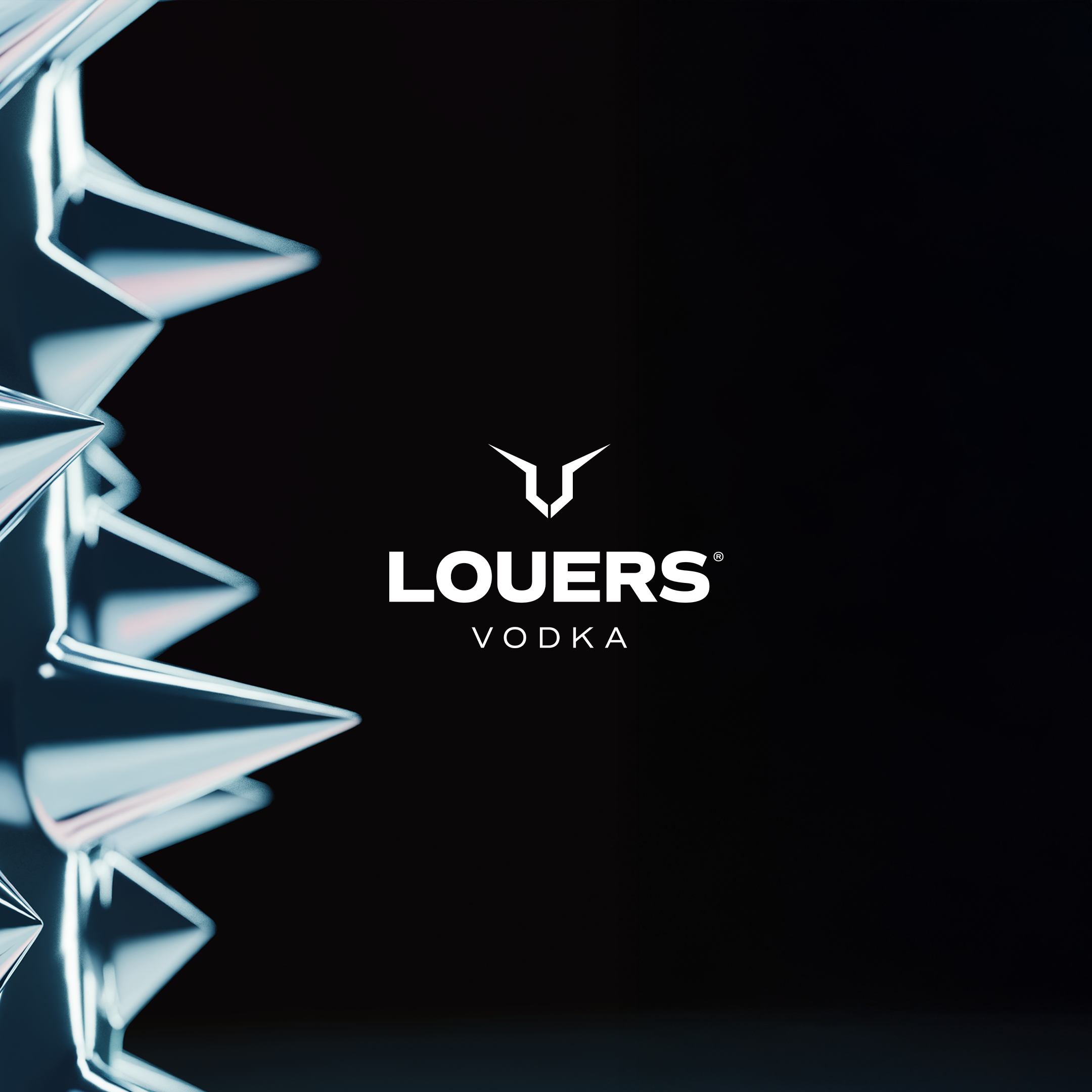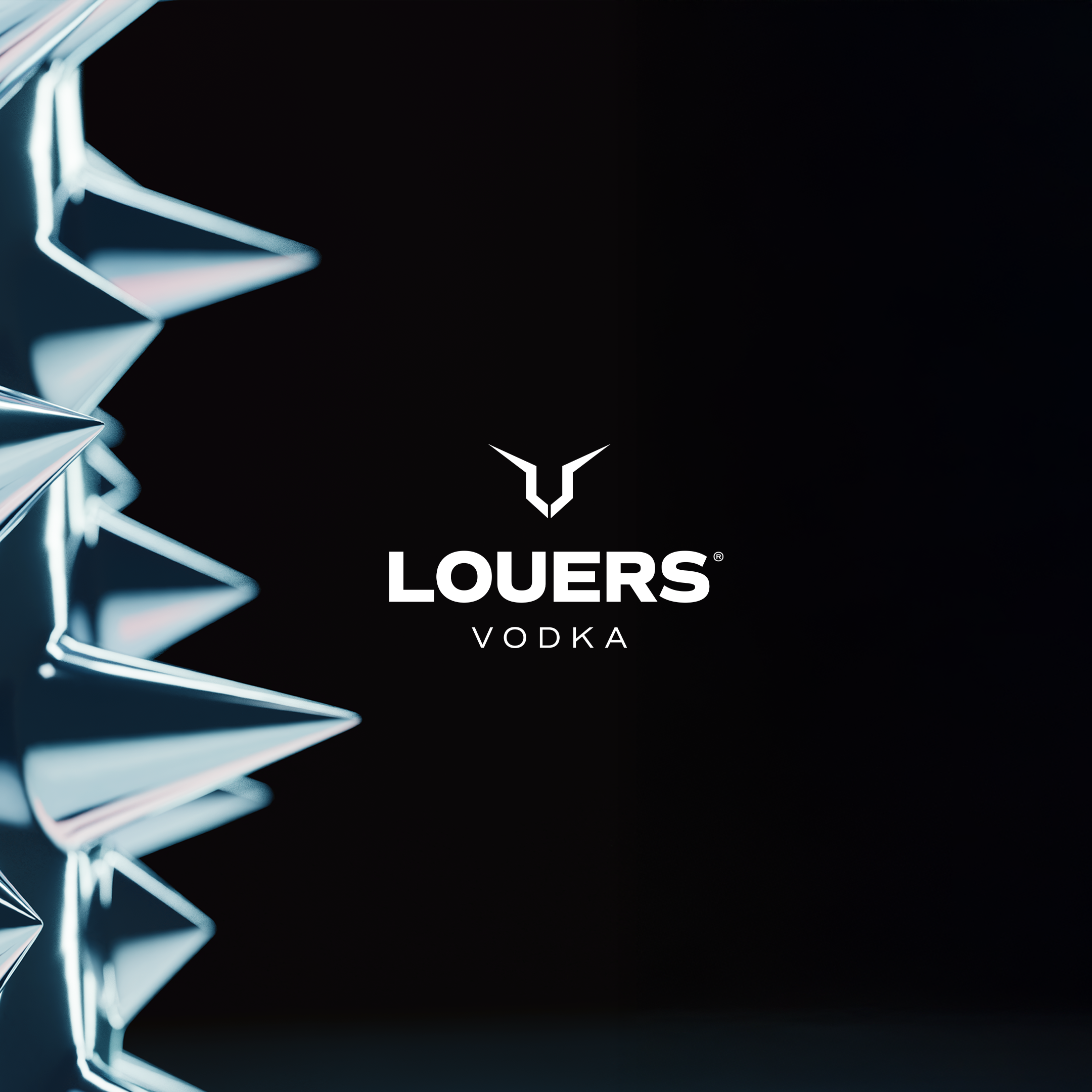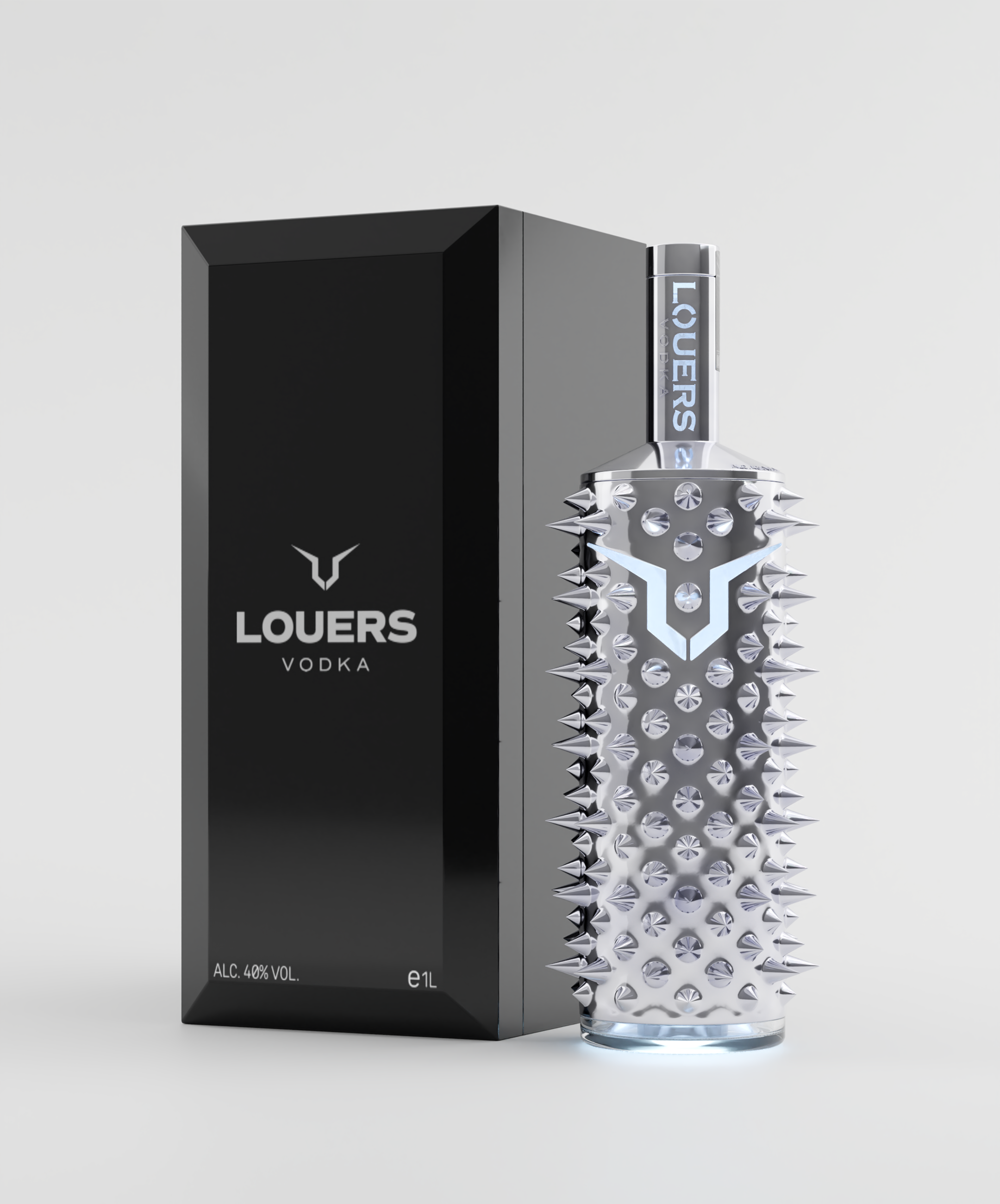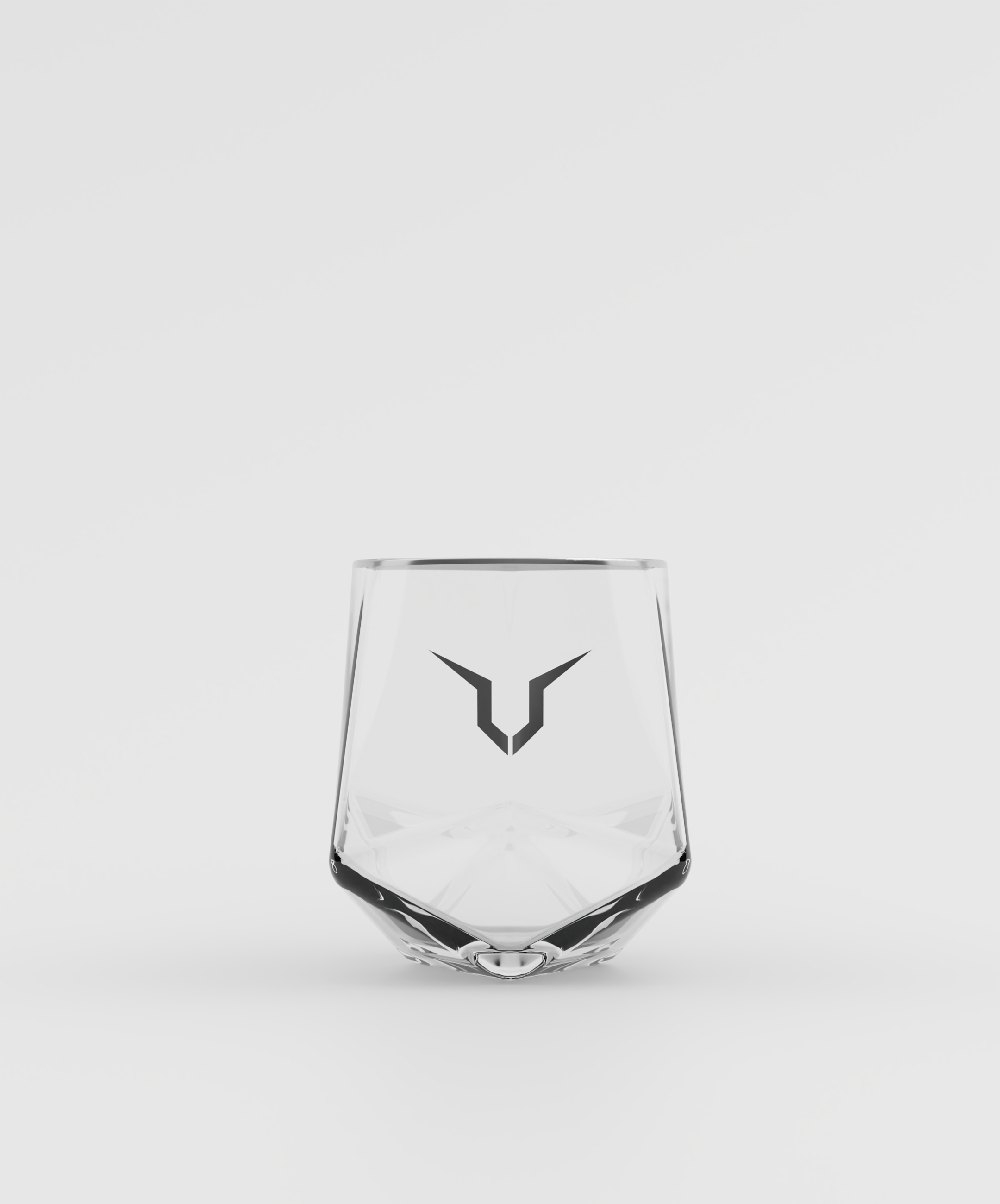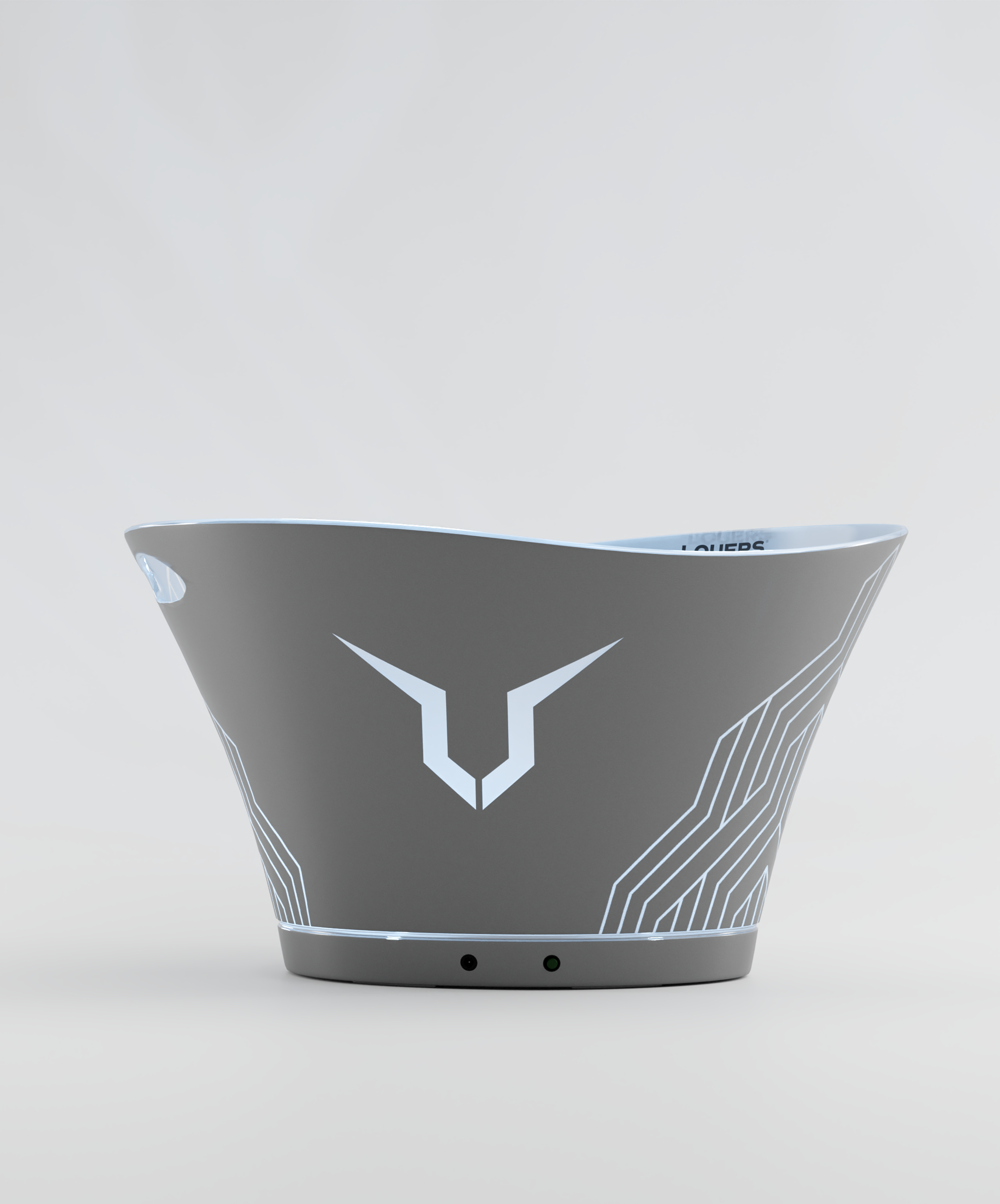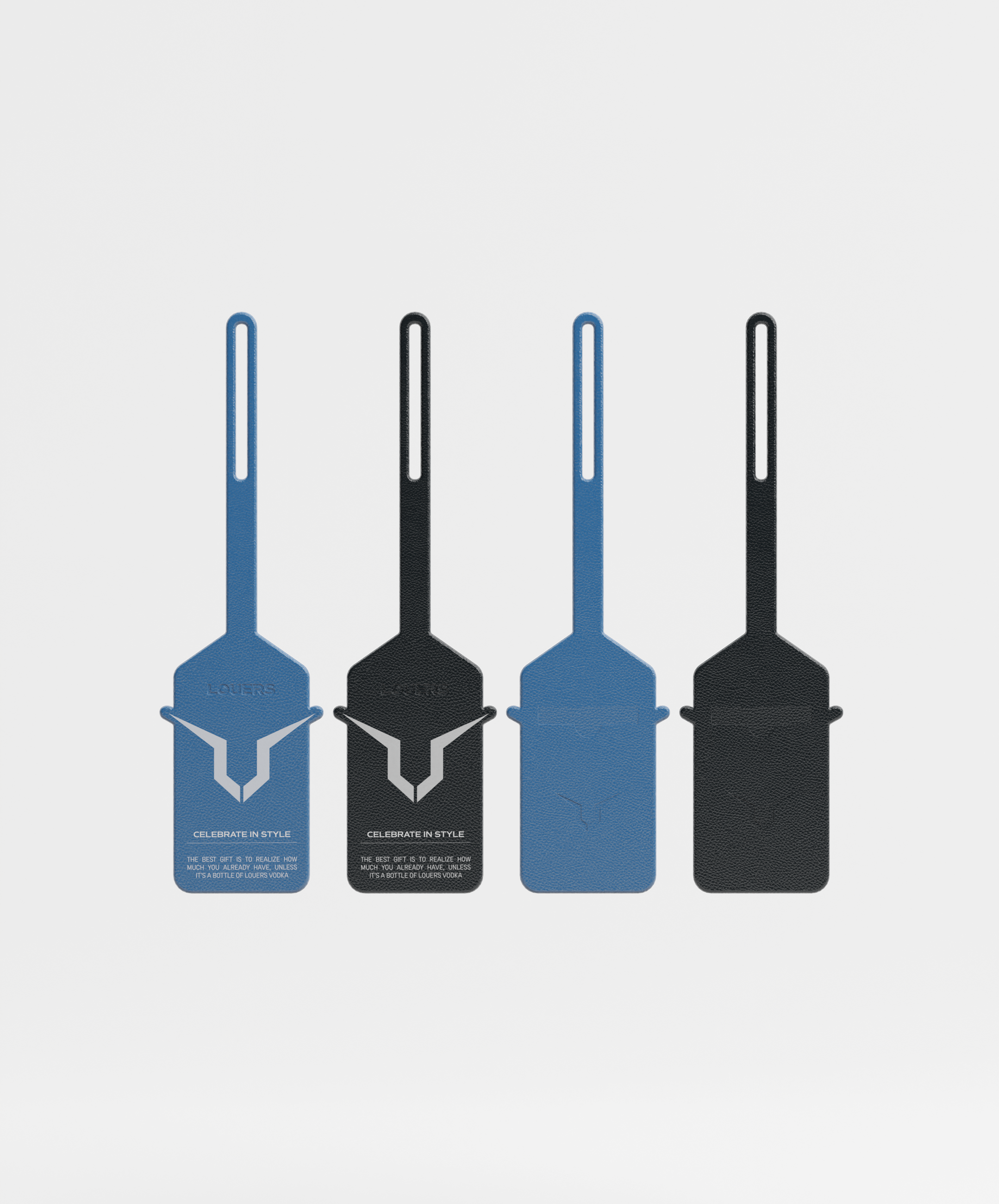Scarcity has always been one of the most powerful forces in luxury. In fashion, art, and design, what cannot easily be owned immediately becomes more desirable. In the world of ultra-premium spirits, this dynamic is even sharper. Vodka, with its purity, its balance, and its ability to serve as both a drink and an object of beauty, becomes irresistible when scarcity is part of its story.
The Psychology of Rarity
Luxury experts often remind us that humans are naturally wired to covet the rare. What is limited in supply is seen as more valuable, more important, and more prestigious. It is not simply a question of having less — it is about what scarcity represents. To own something rare is to stand apart. It signals discernment, access, and membership in a circle defined by exclusivity.
This psychological pull is evident in spirits. A vodka available everywhere, at all times, loses its aura. A vodka produced in controlled, limited quantities immediately enters the realm of the desirable. LOUERS vodka embodies this mindset. Each bottle is assembled and bottled by hand in the Netherlands, not in endless runs but in considered production, emphasizing refinement and intention. Collectors and connoisseurs alike respond to this rarity because it assures them they own not just a drink, but a story only a few can share.
Anticipation Creates Desire
Scarcity fuels anticipation. Limited releases are not just about the bottle; they become events in themselves. A calendar is marked, whispers spread through communities of collectors, and suddenly, anticipation becomes as valuable as the product. This ritual of waiting and unveiling heightens the emotional bond between consumer and object.
Luxury is as much about the journey as the acquisition. When a vodka is released in small runs, the moment of release feels theatrical. It becomes less about simply buying a bottle and more about entering an exclusive performance — one where only the select few manage to secure their seat. With LOUERS vodka, the scarcity is deliberate. It creates moments of heightened relevance, where ownership feels like participation in a cultural happening.
Scarcity and Prestige
Prestige has always been intertwined with limitation. To own something everyone else can have is to own something common. To own what few can possess, however, is to carry prestige with you. Scarcity confers this prestige automatically. The fewer bottles exist, the greater the sense of achievement in acquiring one.
But prestige is not only about having what is rare — it is also about understanding why it is rare. In spirits, scarcity often comes from meticulous processes that cannot be rushed or scaled without compromising integrity. Sixfold distillation, hand assembly, and the striking sculptural sleeve of LOUERS vodka are not steps that lend themselves to mass production. Each of these decisions ensures scarcity, not as a marketing trick but as a natural result of uncompromising quality.
The Collector’s Impulse
Collectors understand scarcity better than anyone. They know that rarity is the foundation of long-term value. A limited bottle of vodka is not only a beverage but a piece of design, a moment in cultural time, and an object that will never exist in infinite supply.
LOUERS vodka is designed with this collector’s impulse in mind. The chromed sleeve with its spikes relief is not decoration but identity. It transforms each bottle into an objet d’art, one worthy of display alongside art, couture, or design furniture. Scarcity ensures that these objects carry the aura of investment — not financial, necessarily, but cultural and emotional.
Scarcity Creates Storytelling
Another power of scarcity lies in storytelling. When something is rare, owning it gives you a narrative. At a dinner table or in a boardroom, the ability to share the story of a bottle — how it was sourced, how few exist, how it embodies national craftsmanship — becomes part of the value itself. Scarcity, in this way, gives people stories to tell, and stories to remember.
Luxury is never only about possession. It is about curation, and stories are the true currency of curation. A vodka that is rare creates endless storytelling potential: it becomes a tale of anticipation, of achievement, and of cultural relevance.
Scarcity as Modern Luxury
In an era where abundance defines mainstream consumer culture, luxury thrives on the opposite. Scarcity feels modern precisely because it resists the idea of having everything, all at once. It signals intention, restraint, and focus.
LOUERS vodka stands at this intersection: a Dutch vodka distilled six times, assembled and bottled by hand, designed with sculptural boldness — and produced in deliberate scarcity. The scarcity is not an afterthought; it is a principle. It ensures that the product remains a conversation piece, an object of desire, and a statement of taste.
Conclusion: The Irresistible Allure of Less
Scarcity is not a weakness but a strength. It transforms vodka into something more than a spirit — into a cultural object that is pursued, displayed, and remembered. It amplifies anticipation, confers prestige, inspires collectors, and gives owners stories to tell.
LOUERS vodka embodies this truth. By embracing scarcity, it becomes not just another luxury spirit but an irresistible one — a vodka that proves less truly is more.
Discover LOUERS Vodka
Experience the art of refinement for yourself. Explore LOUERS vodka — distilled six times, handcrafted in the Netherlands, and designed as a bold statement of ultra-premium luxury.



